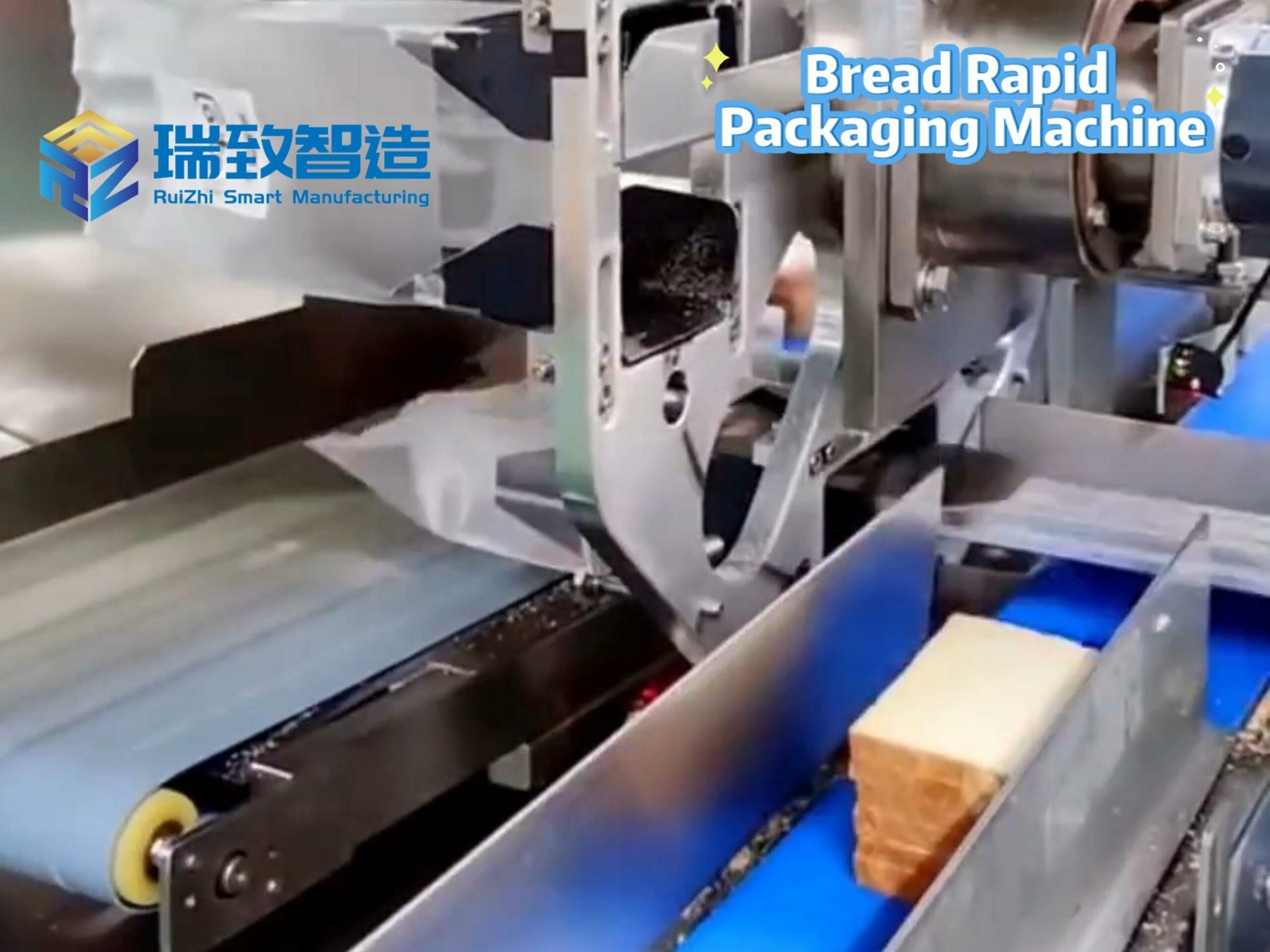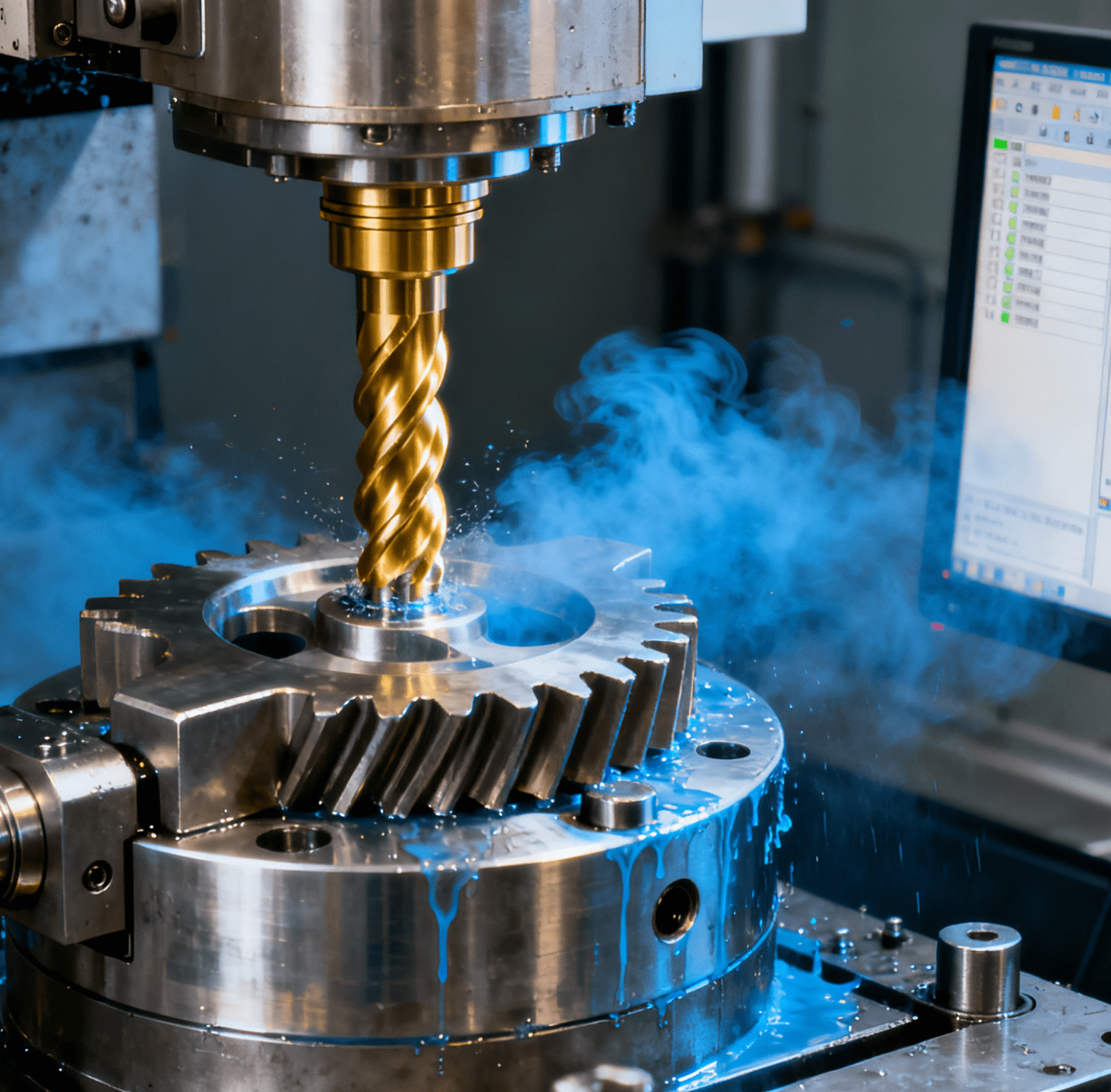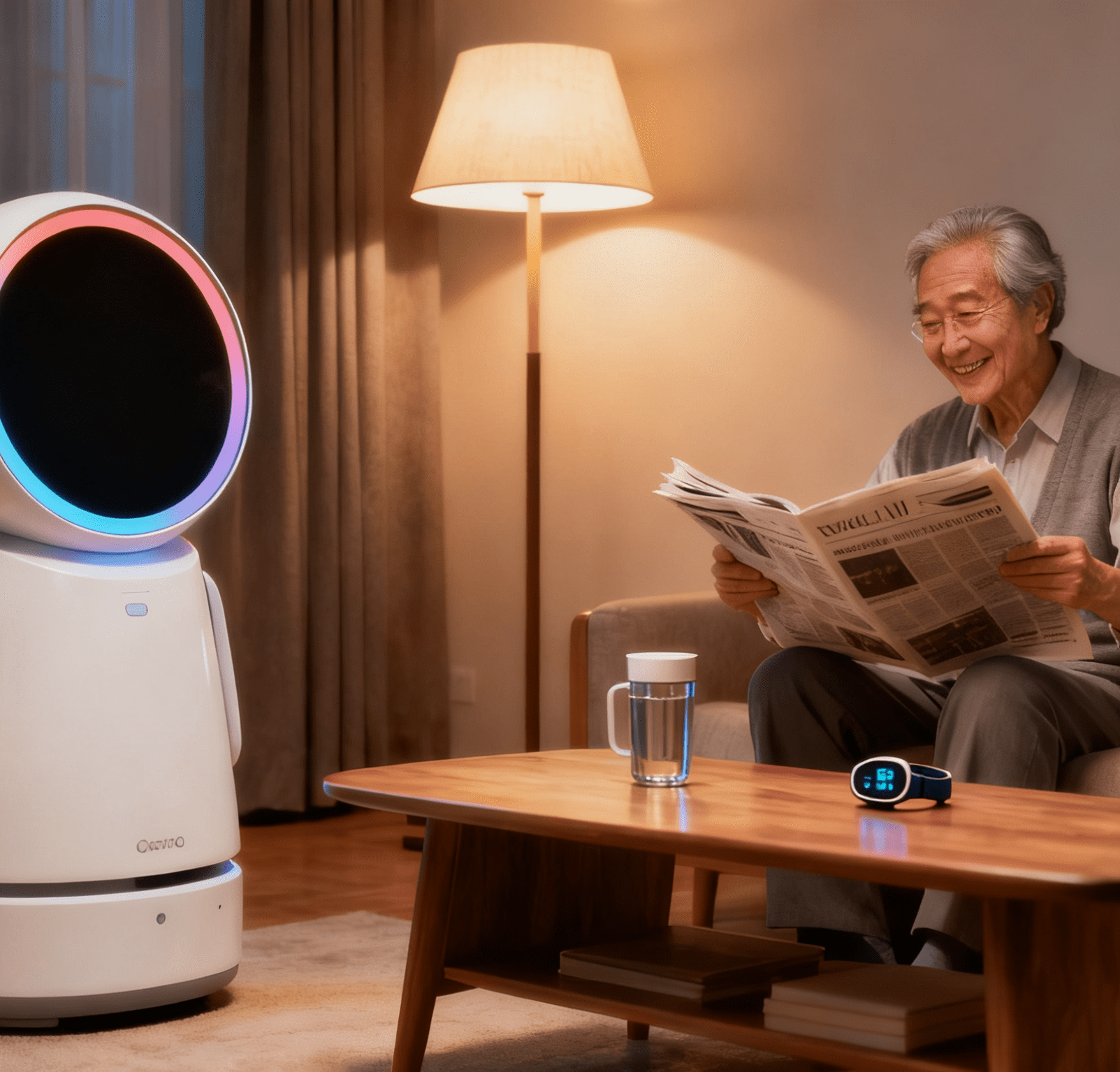Table of Contents
ToggleCNC Lathe Automatic Loading/Unloading System: Elevating Productivity and Precision in Machining

In the realm of precision machining, CNC lathes are the backbone of producing cylindrical components—from automotive axles to medical implants. However, traditional manual loading/unloading processes introduce bottlenecks: inconsistent cycle times, operator fatigue leading to errors, and safety risks from heavy part handling. The CNC Lathe Automatic Loading/Unloading System emerges as a game-changing solution, integrating robotics, intelligent sensing, and seamless automation to transform standalone lathes into fully optimized, lights-out manufacturing cells. By eliminating human intervention in repetitive tasks, this system delivers unmatched productivity, accuracy, and flexibility, making it indispensable for modern machining operations.
The Core Components: How Automatic Systems Redefine Machining Efficiency
A state-of-the-art system combines hardware and software to create a unified, adaptive workflow:
1. Robotic Arms: The Muscle Behind Precision Handling
Whether a 6-axis robot for complex orientations or a SCARA robot for high-speed planar movements, the system’s robotic core offers:
- Payload Versatility: Handles parts from 0.1kg (micro-shafts) to 50kg (heavy-duty industrial components), with grippers designed for smooth surfaces (vacuum), rough castings (toothed jaws), or delicate finishes (soft-touch 硅胶 pads).
- Repeatable Positioning: Achieves ±0.02mm accuracy when inserting parts into lathe chucks, eliminating manual alignment errors that cause tool wear and scrap—critical for aerospace components requiring micron-level precision.
- Collision Avoidance: Built-in force sensors detect unexpected resistance (e.g., misaligned chucks) and pause motion, protecting both the robot and the $100K+ lathe from damage.
2. Vision-Guided Navigation: Seeing Beyond the Machine
A 3D vision system with AI-powered recognition solves the chaos of part positioning:
- Bin Picking for Randomly Stacked Parts: Identifies even similar-looking components (e.g., M10 vs. M12 bolts) with 99.8% accuracy, using deep learning to distinguish subtle size/shape differences.
- Real-Time Chuck Alignment: Adjusts the robot’s trajectory mid-movement to account for lathe chuck thermal expansion (a common issue in 24/7 operations), ensuring perfect part centering every time.
- Pre-Machining Inspection: Scans incoming parts for surface defects or dimensional deviations, preventing flawed blanks from entering the lathe and saving costly machining time.
3. Intelligent Software: The Brain of the System
User-friendly interfaces and advanced algorithms streamline operations:
- No-Code Programming: Drag-and-drop workflows let operators define new part handling sequences in minutes, with pre-built templates for common tasks (e.g., “load cylindrical part,” “unload finished component”).
- AI-Optimized Cycle Times: Machine learning analyzes thousands of cycles to refine robot paths, reducing loading/unloading time by 15–20% compared to rule-based programming.
- IoT Integration: Feeds real-time data (lathe utilization, gripper wear, part throughput) to factory systems, enabling predictive maintenance and proactive scheduling—e.g., replacing a worn chuck jaw before it causes a defect.
Applications: From High-Volume to High-Precision Machining
1. Automotive Component Production: Mass Production with Meticulous Accuracy
In a tier-1 supplier machining 50,000 engine crankshafts monthly:
- The system loads raw castings into a CNC lathe, using force-controlled grippers to secure them without damaging fragile bearing journals. After machining, it unloads finished parts into precision trays, ensuring ±0.01mm concentricity—a requirement for smooth engine operation.
- Result: A leading automaker achieved 24/7 unmanned operation, reducing labor costs by $400K annually and increasing lathe utilization from 65% to 92%.
2. Medical Device Manufacturing: Micron-Level Precision
For machining 2mm-diameter stainless steel guide wires for catheters:
- SCARA robots with ultra-fine grippers (0.5mm jaw resolution) load bar stock into the lathe, using vision to align the micro-part’s longitudinal axis within ±0.005mm—critical for avoiding bending during high-speed rotation.
- Automated unloaders place finished wires into anti-static trays, with each handling action logged for ISO 13485 traceability, simplifying FDA audits.
3. Aerospace Machining: Handling High-Value Alloys
When machining titanium aerospace shafts (costing $10,000+/unit):
- 6-axis robots with heat-resistant coatings load billets into cryogenic lathes, navigating around complex fixtures while applying controlled force to prevent material deformation.
- Vision systems verify that each part’s serial number is laser-engraved correctly post-machining, ensuring traceability for safety-critical components.
Automatic Systems vs. Manual Handling: A Clear Performance Divide
| Metric | CNC Lathe Automatic System | Manual Loading/Unloading |
| Cycle Time per Part | 8–15 seconds (robot-dependent) | 30–60 seconds (operator fatigue) |
| Positioning Accuracy | ±0.02mm (vision-guided) | ±0.2mm (operator skill-dependent) |
| Downtime for Changeover | <5 minutes (software switch) | 30–60 minutes (manual chuck setup) |
| Unattended Operation | 8–12 hours (lights-out capable) | 1–2 hours (frequent operator checks) |
| Scrap Rate Due to Handling | <0.1% | 2–5% (misalignment, dropped parts) |
Technological Innovations Driving the Future
1. Self-Calibrating Grippers
AI algorithms automatically adjust gripper pressure based on part material (e.g., aluminum vs. hardened steel), eliminating the need for manual torque adjustments and reducing part marking by 90%.
2. Digital Twin Simulation
Engineers test new part programs in a virtual environment, predicting collisions and optimizing robot paths before physical deployment—cutting trial-and-error time by 50% for complex geometries.
3. Collaborative Robots (Cobots) for Mixed Workflows
Safety-rated cobots work alongside operators in shared spaces, handling heavy parts while humans oversee quality checks, boosting productivity by 25% in hybrid manufacturing cells.
The Business Case: Investing in Machining Excellence
1. ROI Through Operational Rigor
- Labor Cost Savings: Replaces 1–2 operators per lathe, with a typical payback period of 12–18 months in high-wage regions.
- Quality Assurance: Consistent handling reduces scrap and rework costs by 60%, crucial for industries where a single machining error can 报废 a high-value part.
- Scalability: Modular design integrates with existing lathes (new or legacy models), future-proofing factories for Industry 4.0 without ripping out infrastructure.
2. Catalyst for Lights-Out Manufacturing
- 24/7 Productivity: Unattended operation during off-hours (nights, weekends) increases output by 30–40% without adding labor, ideal for meeting just-in-time (JIT) delivery demands.
- Data-Driven Insights: Real-time analytics identify bottlenecks (e.g., slow gripper response, lathe tool wear), enabling continuous process improvement.
The Future of CNC Machining: Where Automation Meets Intelligence
As global manufacturing shifts toward higher precision, shorter lead times, and greater autonomy, the CNC Lathe Automatic Loading/Unloading System is no longer an option—it’s a necessity. By combining the brute efficiency of robotics with the smarts of AI and vision technology, it turns standalone machines into interconnected, self-optimizing cells. Whether machining millions of automotive parts or a handful of aerospace prototypes, this system proves that in the age of digital manufacturing, automation is the bridge between ambition and achievement.
#CNCLathe Automation #Robotic Loading Unloading #Smart Manufacturing Solutions




















